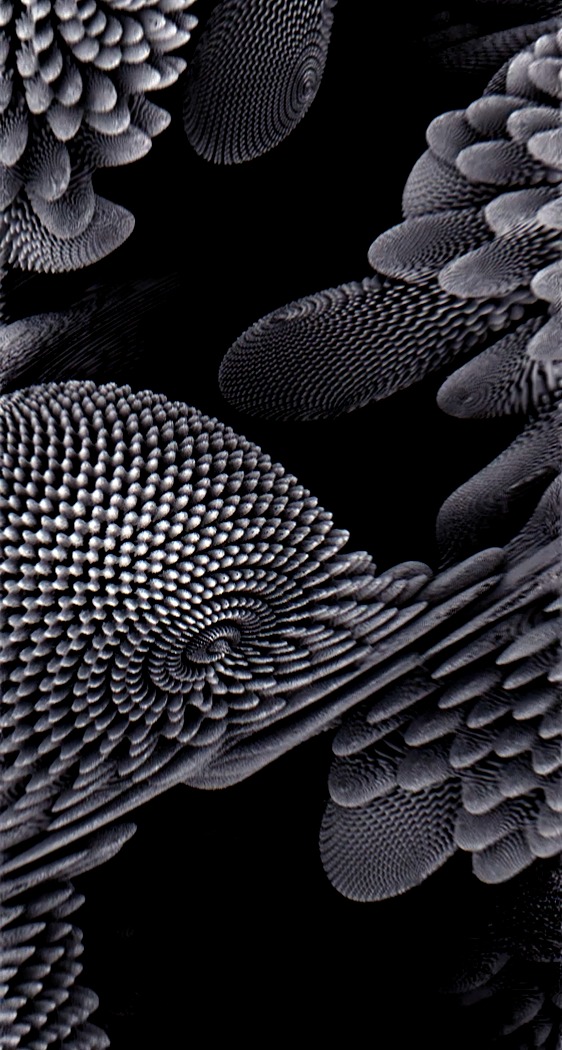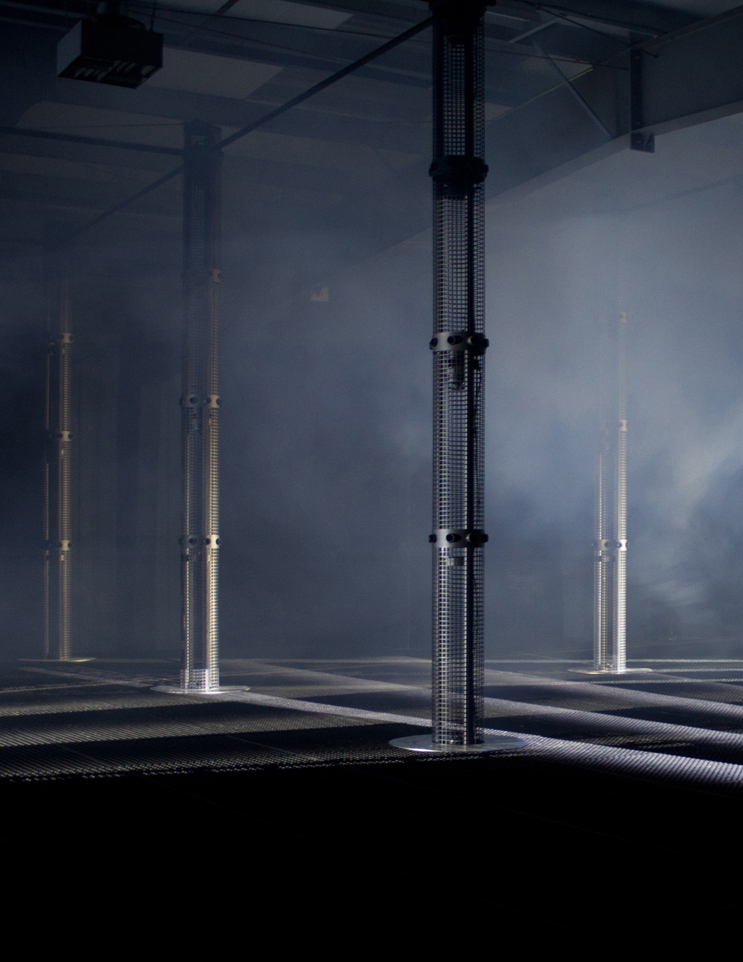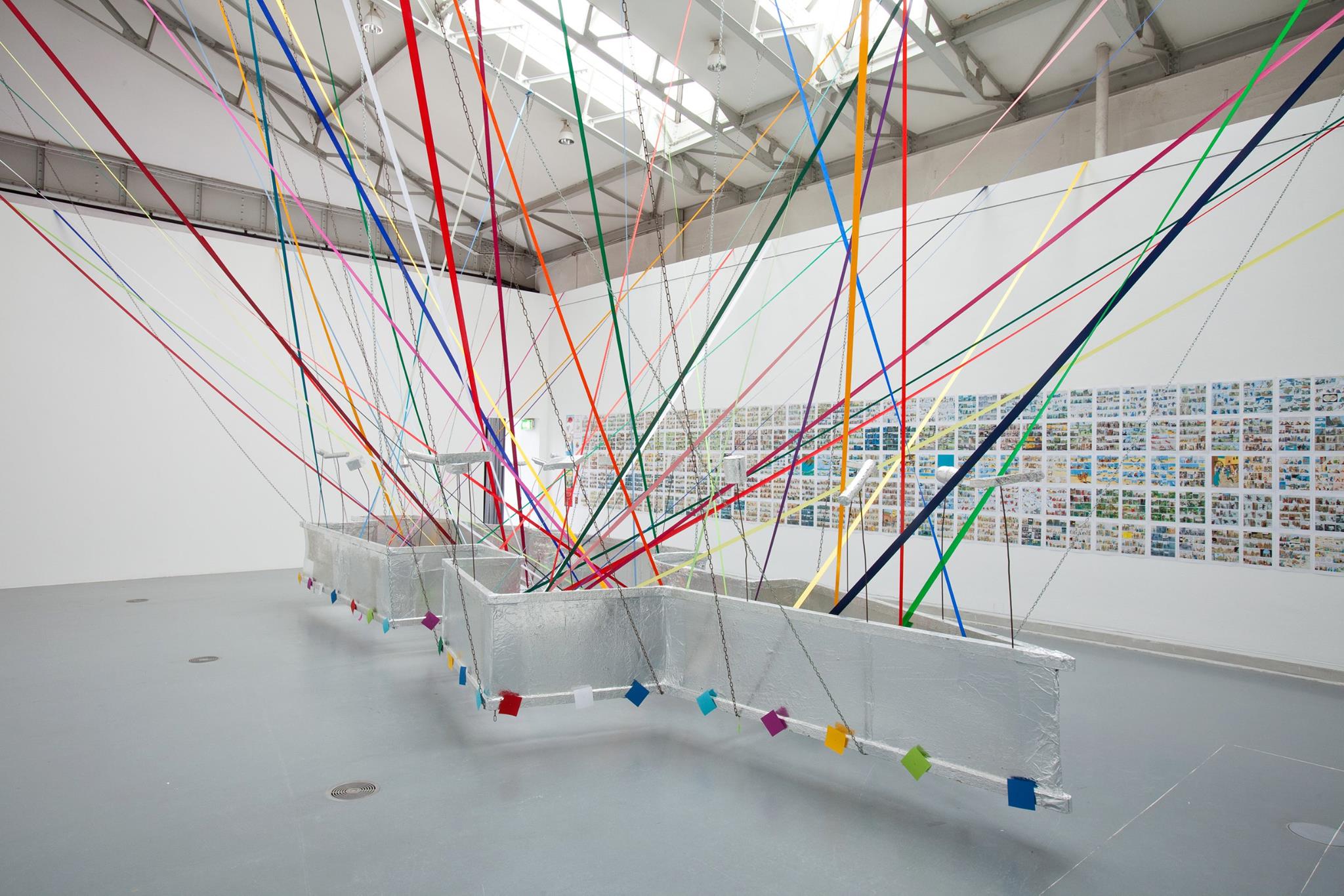
Mima
MIMA
Aniara
“Early in the beginning of the film, we are introduced to a woman (Emelie Jonsson) who works on a kind of “attraction” of the spaceship called MIMA, which, at first, is not very popular. It is a technology capable of capturing people’s emotions. and turn them into images, or rather into a kind of vivid dream in their minds. As the ship wanders aimlessly through space, while it is not yet known if it is possible to return to the correct route, days become weeks, weeks become it takes months and the demand for MIMA increases. Aniara explores very well what makes us human as a race and also the importance of having a place to call her own. What was supposed to be a simple transport, over time becomes, in fact, a kind of “mini-planet”.” Marcio Melo


